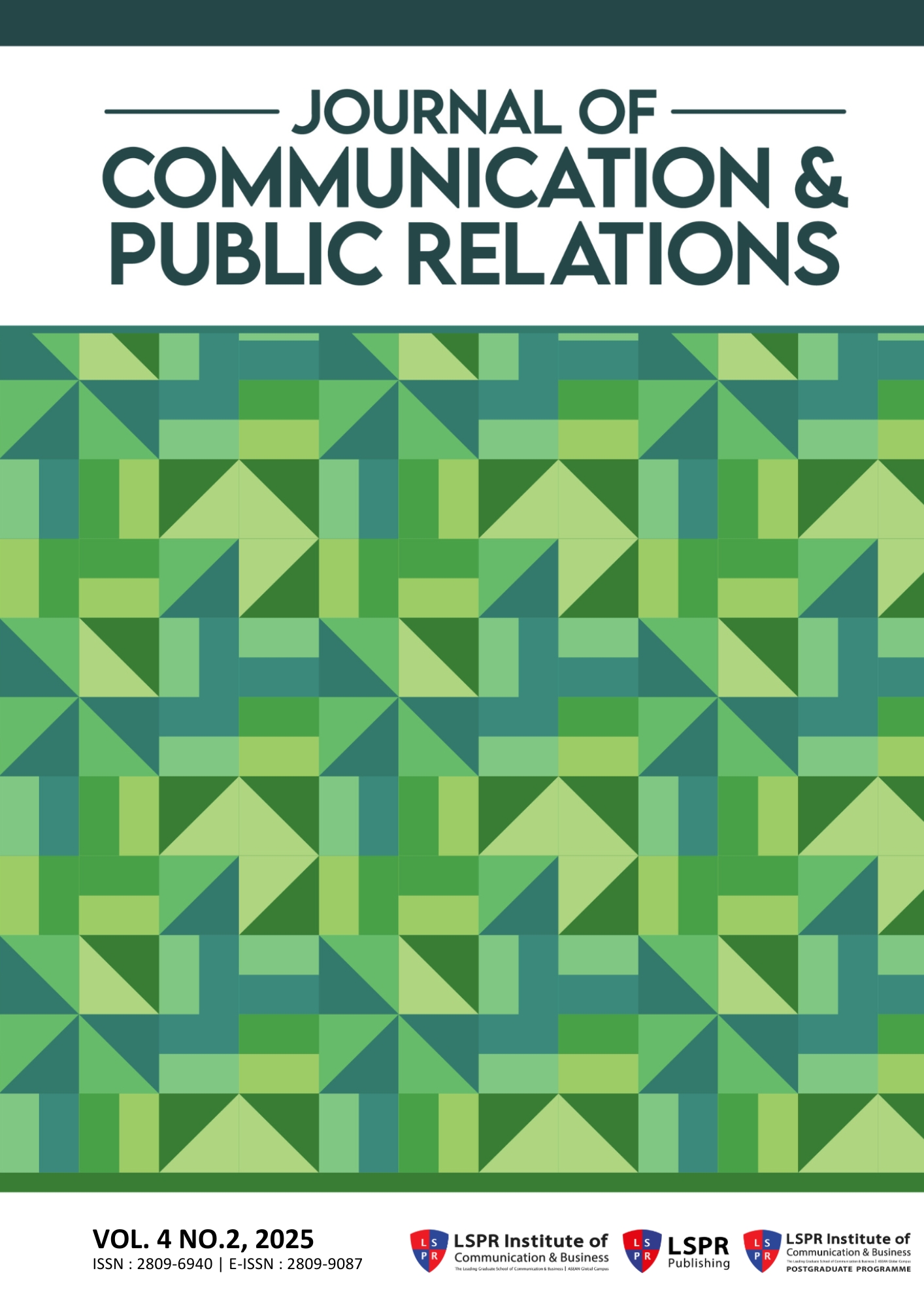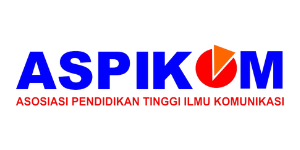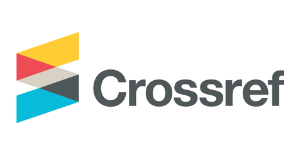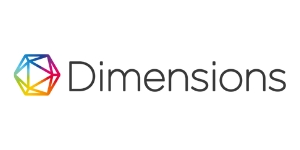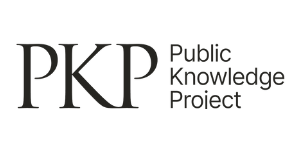Perceived usefulness of Artificial Intelligence on Public Relations Practices in Malaysia
A Pilot Study
DOI:
https://doi.org/10.37535/105004220256Keywords:
Artificial Intelligence, Public Relations, Perceived Usefulness, Technology Acceptance Model, MalaysiaAbstract
This pilot study investigates the perceived usefulness of Artificial Intelligence (AI) in Public Relations (PR) practices from the perspective of Malaysian practitioners. With the increasing adoption of AI across industries, PR professionals are beginning to explore how such technologies can enhance strategic communication, media monitoring, campaign planning and stakeholder engagement. However, there is limited empirical research capturing these perceptions in the Malaysian context. Guided by the Technology Acceptance Model (TAM), this study aims to assess the extent to which AI is perceived to enhance efficiency, transform roles and support the core functions of PR. This study evaluates how practitioners view AI’s ability to streamline content creation, automate repetitive tasks and analyse media trends. Using a quantitative survey approach, data were collected from various Malaysian PR practitioners through an online questionnaire. Descriptive statistical analysis was employed to identify key patterns in perception. The results reveal that AI is generally perceived as a valuable tool for automating routine tasks such as press release writing, social media monitoring and media analysis. However, its perceived usefulness diminishes in areas requiring emotional intelligence, strategic judgment, or interpersonal engagement, such as crisis communication and relationship-building with stakeholders. The findings underscore a dual perception of AI as both an enhancer of efficiency and a potential disruptor of core human-centred PR functions. This study contributes to the growing body of knowledge on AI in communication by providing initial empirical insights from Malaysia, a region underrepresented in current discourse. It also lays the groundwork for future studies exploring behavioural intention and actual AI usage in PR, which could be investigated further. The study concludes by recommending skill development initiatives, ethical AI integration and policy support to ensure AI adoption aligns with professional standards and societal values.
References
Abdul Aziz, A., Abdullah, Z., & Mohd Nor, A. (2022). Quantitative data analysis in communication
Andreas Jungherr, Ralph Schroeder. (2023). Artificial intelligence and the public arena.Institute for Political Science, University of Bamberg, Bamberg, Germany, Oxford Internet Institute, University of Oxford, Oxford, UK. Communication Theory, 2023, 33, 164–173. https://doi.org/10.1093/ct/qtad006
Anne Gregory, Jean Valin, Scott Brinker. (2023). Artificial Intelligence (AI) tools and the impact on Public relations (PR) practice. The Chartered Institute of Public Relations (CIPR).
Biswal, S.K. (2020). The Space of Artificial Intelligence in Public Relations: The Way Forward. In: Kulkarni, A., Satapathy, S. (Eds) Optimization in Machine Learning and Applications. Algorithms for Intelligent Systems. Springer, Singapore.
Bourne, Clea D. (2019). AI cheerleaders: Public relations, neoliberalism and artificial intelligence. Public Relations Inquiry, 8(2), pp. 109-125. ISSN 2046-147X [Article] https://research.gold.ac.uk/id/eprint/25962/
Cismaru, D. M., Gazzola, P., Ciochina, R. S., & Leovaridis, C. (2018). The rise of digital intelligence: challenges for public relations education and practices. Kybernetes, 47, 1924–1940. https://doi.org/10.1108/K-03-2018-0145
Cision. (2019). The Past, Present & Future of Artificial Intelligence in PR. Retrieved from
https://www.cision.com/us/2019/01/artificial-intelligence-PR
Daim, N. (2024, December 12), PM: National AI Office will boost Malaysia's digital ecosystem and economy. Retrieved from https://www.nst.com.my/news/nation/2024/12/1147183/updated-pm-national-ai-office-will-boost-malaysias-digital-ecosystem-and
Davies S., 2024: PR and AI. How artificial intelligence will impact public relations. Downloaded from: PR and AI. How artificial intelligence will impact public relations.
Davis, F.D. (1989). Perceived usefulness, perceived ease of use, and user acceptance of information technology. MIS Q.13. pp. 319–340.
Emilia Zakrzewska. (2023). Use Of Artificial Intelligence In Public Relations Activities With Examples of Selected Tools. Akademii Górnośląskiej Nr 10/2023, s. 31 – 40. https://doi/10.53259/2023.10.04
Galloway, C., & Swiatek, L. (2018). Public relations and artificial intelligence: It’s not (just) about robots. Public Relations Review, 44, 734–740. https://doi.org/10.1016/j.pubrev.2018.10.008
Gouda, Nikhil K. Biswal, Santosh Kumar. Parveen, Binish. (2020). Application of Artificial Intelligence in Advertising & Public Relations and Emerging Ethical Issues in the Ecosystem. International Journal of Advanced Science and Technology
Guzman A.L., Lewis, S.C., 2020: Artificial intelligence and communication: A Human–Machine Communication research agenda. New Media & Society, 22(1), p. 71 https://doi.org/10.1177/1461444819858691
Haitham Abdelrahman Alawaad. (2021). The role of Artificial Intelligence (AI) in Public Relations and Product Marketing in Modern Organizations. Turkish Journal of Computer and Mathematics Education (TURCOMAT). Umm Al Quwain University,United Arab Emirates.
Kaput, M. (2021). 20 Ways AI Could Transform PR and Communications. Retrieved from https://www.marketingaiinstitute.com/blog/how-ai-could-transform-pr-and-communications
Maria Nikolova. (2024). Artificial Intelligence in PR: Transformations of Communication Strategies and Campaigns. Vol 14 No 3 (2024): Postmodernism Problems / Articles. https://doi.org/10.46324/PMP2403309
Matúšová Jana G., Načiniaková, Katarína. (2023). AI in Public Relations: Challenges and Opportunities. Conference Proceedings from the International Scientific Conference. https://doi.org/10.34135/mmidentity-2023-11
Mohamed K., Bayraktar U.A., 2022: Artificial Intelligence in Public Relations and Association Rule Mining as a Decision Support Tool. SSRG International Journal of Humanities and Social Science 9 (1), 1-4, p.2. https://doi.org/10.14445/23942703/IJHSS-VXXXX
Panda, Geetanjali. Upadhya, Ashwani Kumar and Khandelwal, Koma. (2019). Artificial Intelligence: A Strategic Disruption in Public Relations
Penn, Christopher. (2020). “The role of machine learning in public relations.” Retrieved from Shift Communications, www.shiftcomm.com/blog/role-machine-learning-public-relations/.
Pranjić, M. (2023, May 26). Revolutionizing PR: How AI-powered media monitoring can benefit PR professionals. https://www.determ.com/blog/how-ai-powered-mediamonitoring-can-benefit-pr-professionals/
Prowly. (2023). The State of PR Technology 2023. https://go.prowly.com/hubfs/State-of-PRTechnology-2023.pdf
Roetzer, P. (2018). The Future of AI in PR. Retrieved from https://www.youtube.com/watch?v=nfc1F_9qCv4
Scott, A. (2018). How artificial intelligence and intergenerational diversity are creating anxiety in the workplace. Retrieved from Gainesville, FL: Institute for Public Relations. https://instituteforpr.org/how-artificial-intelligence-and-intergenerational-diversity-is-creating-anxiety-in-the-workplace/.

